European Leaders Visit Kyiv to Support 30-days Ceasefire and Peace Talks

In a significant diplomatic move, leaders from four European nations — France, Germany, Poland, and the United Kingdom — arrived in Kyiv on a shared mission of support for Ukraine. This joint visit, which took place on Saturday, underscored the European Union’s unified stance regarding the ongoing conflict with Russia and the growing calls for a ceasefire. The leaders were not only meeting with Ukrainian President Volodymyr Zelensky but were also sending a powerful message of solidarity with Ukraine at a crucial juncture in the war.
The First Joint Visit to Ukraine
The visit marked the first occasion in which the heads of state from these four European countries traveled to Ukraine together. It came at a time when the war, now in its third year, has escalated with no signs of a resolution in sight. Among the leaders, German Chancellor Friedrich Merz made his first visit to Ukraine since taking office, a move that emphasized Germany’s strong diplomatic position and its willingness to be an active participant in negotiations surrounding the conflict.
The four leaders arrived in Kyiv on a train, demonstrating a direct commitment to the Ukrainian cause. Their presence in the capital city came as part of a broader effort to show solidarity and bolster Ukraine’s standing on the international stage. As Europe watches the war’s developments closely, the joint visit reflects a unified approach to pushing for a diplomatic resolution that ensures long-term peace.
A Call for a 30-Day Ceasefire
One of the most pressing issues discussed during the visit was the call for a 30-day ceasefire, aimed at giving both sides a window to negotiate peace. While the specifics of the ceasefire would require careful negotiation, the leaders from France, Germany, Poland, and the United Kingdom stressed the importance of halting military operations temporarily to facilitate dialogue. This call for a temporary cessation of hostilities is not just a tactical request, but an urgent plea for both sides to pause and reflect on the devastating humanitarian consequences of the conflict.
The idea of a ceasefire has gained significant traction, with growing international support, particularly from the United States, which also voiced its backing for the plan. The four European leaders issued a joint statement calling on Russia to accept the ceasefire, framing it as a necessary step towards creating the conditions for a more comprehensive peace deal. The statement emphasized that the 30-day ceasefire would allow both sides to come to the negotiating table without the immediate threat of continued military escalation.

The Role of President Zelensky
Ukrainian President Volodymyr Zelensky’s role during this visit was central to the diplomatic discussions. The leaders, all of whom met with Zelensky at the Mariinskyi Palace in Kyiv, reiterated their support for his leadership and Ukraine’s territorial integrity. For Zelensky, this visit was another crucial opportunity to engage with key European leaders who have been pivotal in securing support for Ukraine’s defense efforts. The Ukrainian president greeted the leaders with a sense of both optimism and caution, as the country continues to deal with the fallout from Russia’s military actions.
During their talks, the European leaders expressed their commitment to working closely with Ukraine to ensure that the peace process remains a priority. In addition to the ceasefire discussions, the meeting underscored the importance of rebuilding Ukraine’s war-torn infrastructure and ensuring that the country remains an integral part of the European security framework. Zelensky’s leadership and his strategic decisions on the battlefield were praised, but the discussions also delved into the complexities of a post-war Ukraine, one that would require international support for reconstruction, security, and reintegration into global affairs.
Diplomatic Tensions and the Role of U.S. President Trump
While the European leaders were unified in their stance for a ceasefire and peace talks, the role of U.S. President Donald Trump added an unpredictable layer to the diplomatic equation. The U.S. has been directly involved in urging for an immediate ceasefire and negotiations, but President Trump’s approach has been notably distinct. Over his tenure, Trump has at times clashed with Ukraine’s leadership and has been a vocal critic of European policies on Russia. However, in recent months, he has moderated his stance, signaling support for a peaceful resolution.
Trump’s position on the ceasefire has shifted, and his push for a rapid peace deal aligns with the European leaders’ call for Russia to halt its military operations. This shift in tone from the U.S. has put additional pressure on Russia, which has been reluctant to engage in meaningful peace talks. Despite the tension between the U.S. and some European countries, the leaders of the European Union have found common ground in their shared objective of ending the war.
The timing of the European visit, coupled with Trump’s calls for a ceasefire, points to a growing realization that prolonged conflict is not in the best interests of any party involved. The diplomatic overtures from both sides, coupled with the pressure from international bodies like the United Nations, are part of a concerted effort to end hostilities and move toward a more stable and peaceful future.

Russia’s Response to the Ceasefire Proposal
Russia’s reaction to the 30-day ceasefire proposal remains a critical factor in determining whether peace talks will move forward. Historically, Russia has been resistant to international calls for ceasefires, viewing them as a compromise to its military objectives. However, the pressure from both European leaders and the U.S. could force Moscow to reconsider its stance.
The Russian government has consistently stated that its operations in Ukraine are essential to its national security interests, and there are concerns within Russia that agreeing to a ceasefire might lead to a perception of weakness on the global stage. However, with the war dragging on and no clear end in sight, Moscow may eventually be faced with the necessity of engaging in peace talks, especially as its economy continues to feel the strain of prolonged conflict.
In diplomatic circles, the proposal for a ceasefire has been seen as an essential first step in establishing the groundwork for a more comprehensive peace agreement. But it remains unclear whether Russia will be willing to accept it without securing major concessions from Ukraine and its allies.
The Humanitarian Toll of the War
Amid these diplomatic discussions, the human cost of the war continues to rise. Thousands of lives have been lost, and millions have been displaced due to the ongoing violence. The Ukrainian population, already burdened by the destruction of its cities and infrastructure, faces an uncertain future as the war rages on. The leaders who visited Kyiv acknowledged the immense suffering that the Ukrainian people have endured, and their commitment to securing peace was framed as an act of moral responsibility as much as political necessity.
In addition to the direct military impact, the war has led to severe economic instability in both Ukraine and Russia, with global repercussions. The European leaders have expressed their willingness to support Ukraine’s economic recovery, but that will depend on the cessation of hostilities and the creation of a safe environment for rebuilding. The humanitarian crisis remains a central issue, with international organizations continuing to provide aid to those affected by the conflict.
A Step Toward Peace or More Diplomacy?
The visit of the four European leaders to Kyiv is an important symbolic step in the international community’s ongoing efforts to end the war in Ukraine. By pushing for a 30-day ceasefire, the leaders are aiming to create the conditions for peace talks and halt further bloodshed. However, the outcome of these diplomatic initiatives remains uncertain, as Russia’s response to the ceasefire proposal will play a decisive role in shaping the course of future negotiations.
What is clear is that the international community is united in its desire for peace, and the joint visit by European leaders signifies a critical moment in the conflict. As Ukraine continues to grapple with the consequences of war, the world watches closely to see whether diplomacy will prevail over continued military engagement. For now, the call for a ceasefire is a hopeful signal, though much work remains to be done before a lasting peace can be achieved.

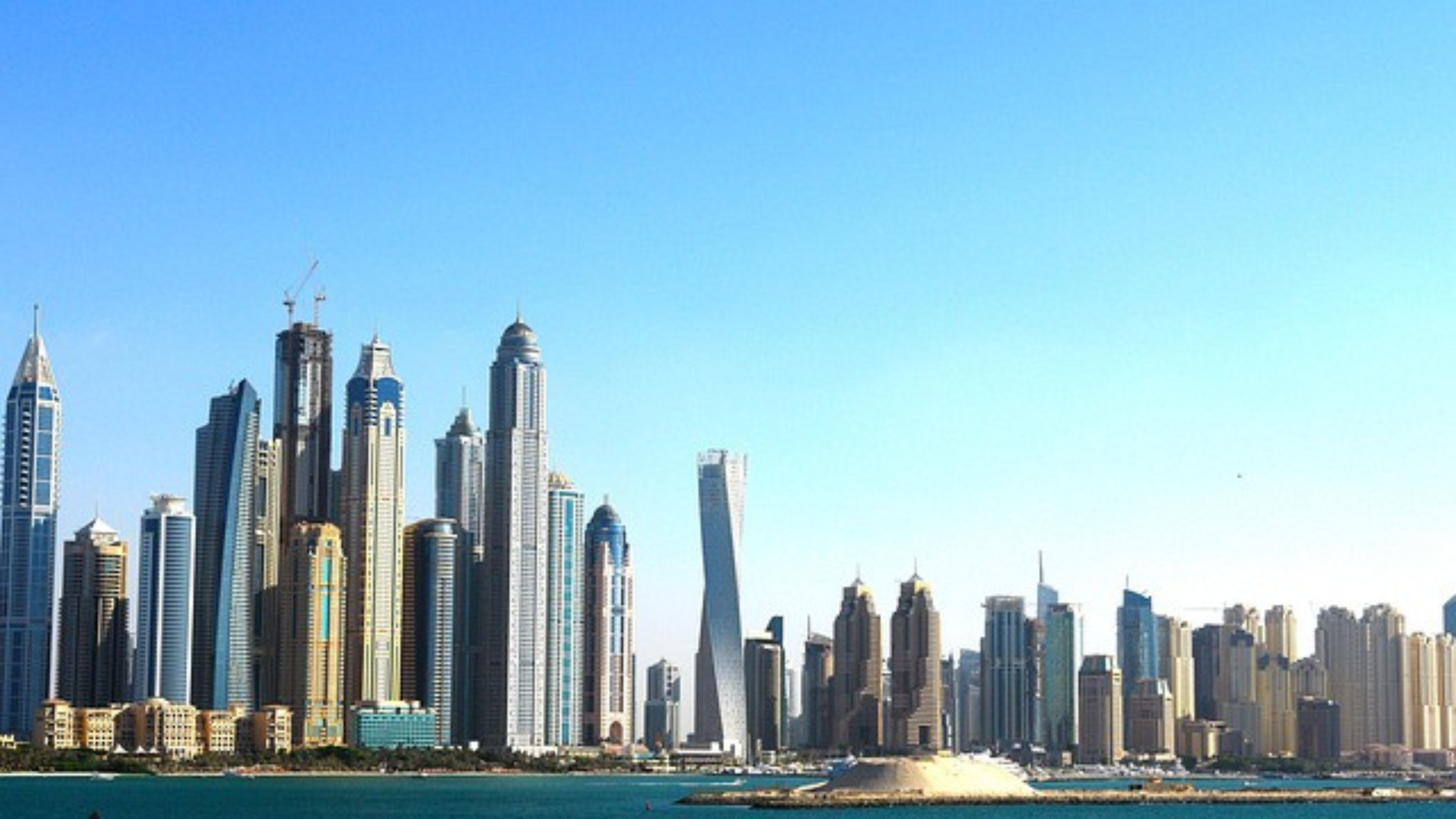

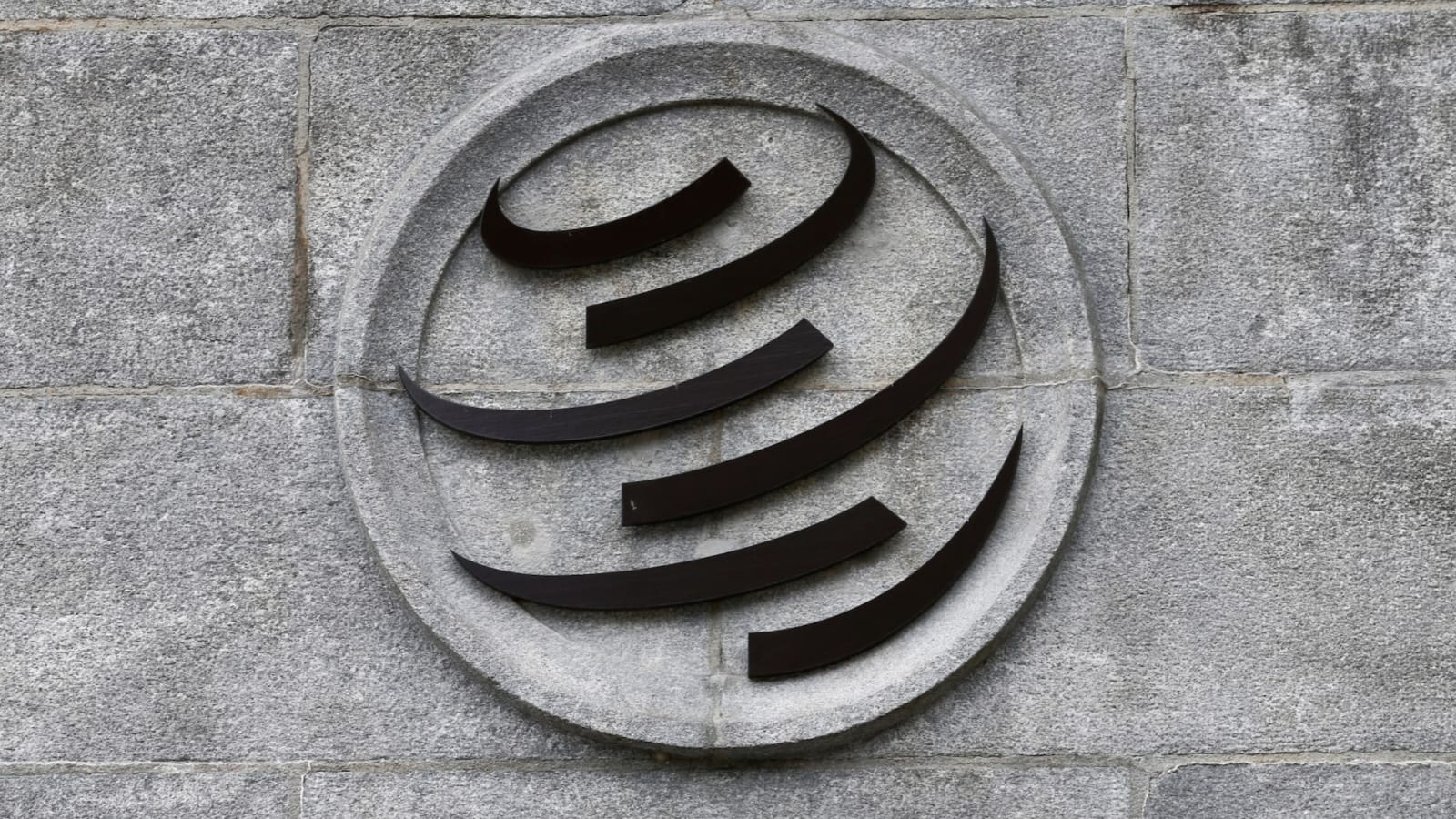

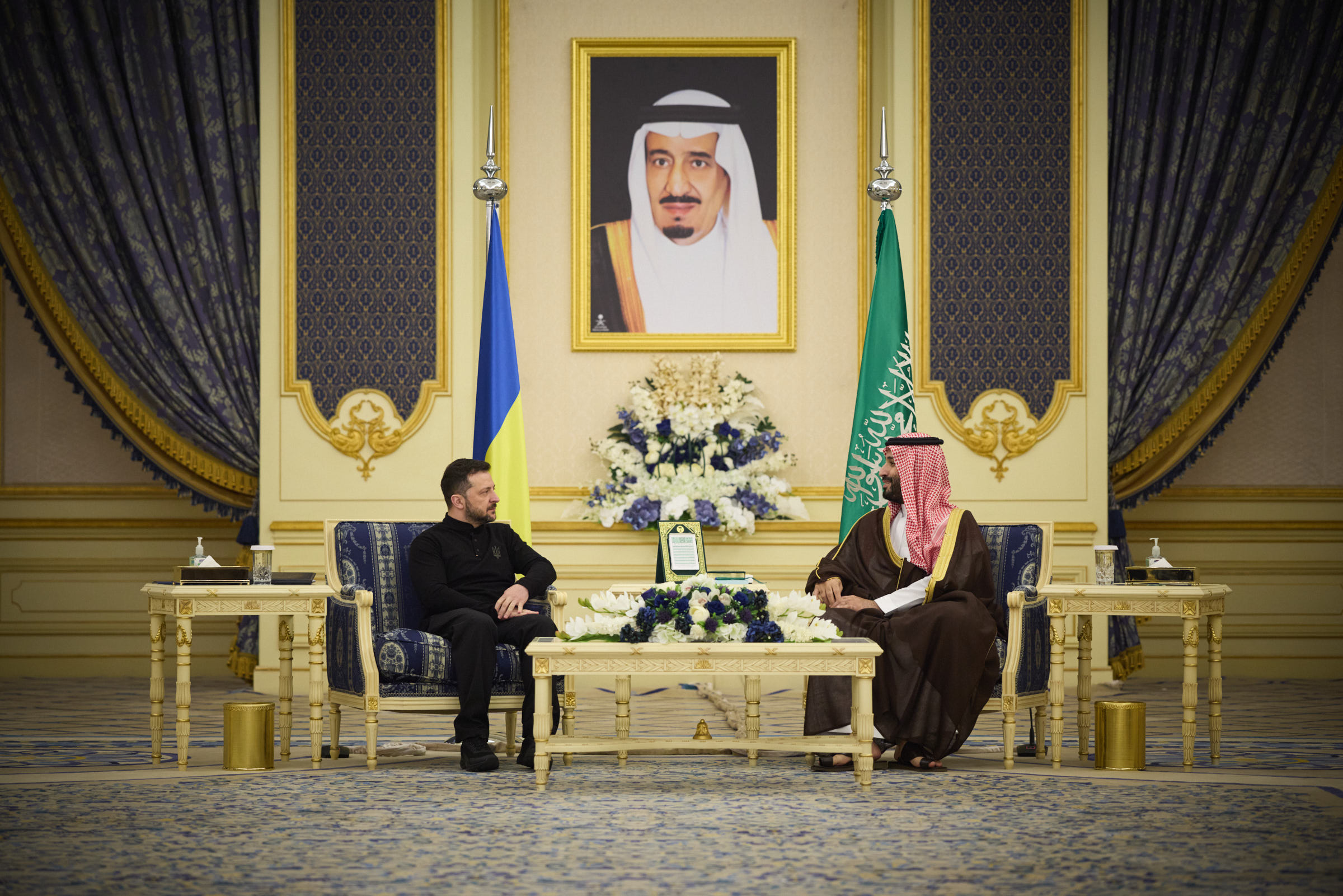
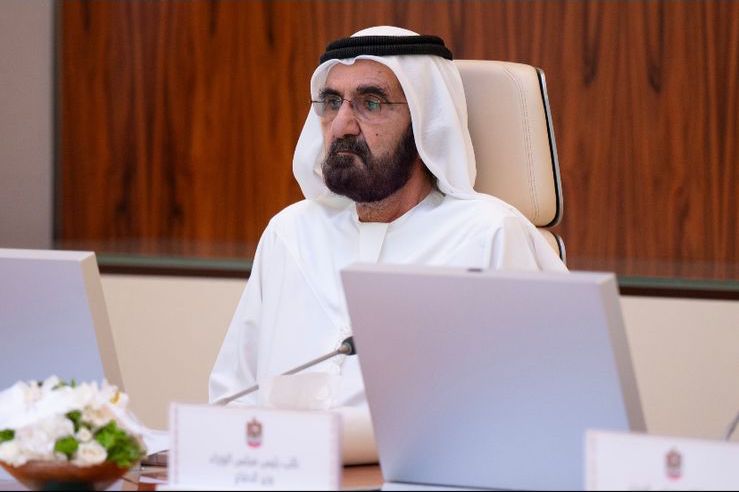
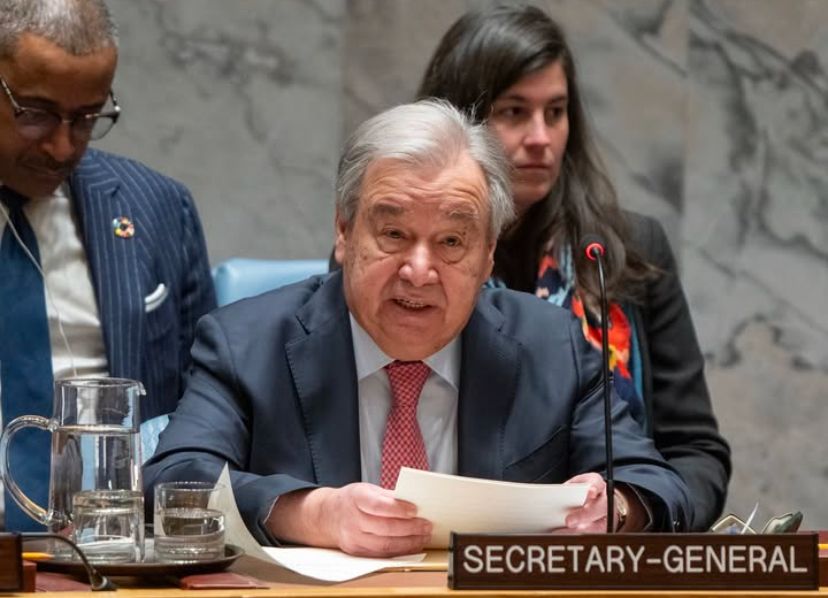
1 Comment
[…] YouGov survey has revealed that a majority of people in France, Germany, and Spain believe the European Union’s enforcement of regulations on Big Tech companies is too weak. Conducted on behalf of two […]
Comments are closed.